M. Häcki: The Cathedral of St. Pierre in Lisieux - Early French Gothic in Normandy
Dissertation project by Mathias Häcki on the subject of "The Cathedral of St. Pierre in Lisieux - Early French Gothic in Normandy"
Abstract
The Cathedral of St. Pierre in Lisieux - Early French Gothic in Normandy
The cathedral St. Pierre in Lisieux in Normandy, one of the earliest French gothic churches, is rather unknown compared to its contemporaries of the Île-de-France, such as Notre-Dame in Laon (c. 1155) and Notre-Dame in Paris (c. 1163). The start of the construction of the cathedral around 1160 under Bishop Arnulf of Lisieux is only vaguely documented in written sources. However, this uncertainty was eliminated by a dendrochronological investigation (Épaud, 20071) which dated the roof structures to 1183. This confirms the Norman cathedral as one of the most important and well-conserved early French gothic constructions and one of the first cathedrals in Normandy to combine the constitutive gothic forms. Beneath the medieval timber roofs, big parts of the original building fabric have been preserved. These include gothic masonry with its original tool traces as well as a variety of gothic vaults from the 12th to the 16th century.
The different construction techniques and the process of building a cathedral in early gothic times are still barely understood. Important topics are the development of the vaulting technique and the implementation of the flying buttresses, the masonry walls with different stone formats and stone working techniques as well as numerous other traces that provide insights into the construction. The dissertation project tackles these topics by examining the building fabric based on a precise documentation of the geometries, formats and traces. To do so, the whole building is investigated on site and its geometry surveyed precisely, using 3D laser scanning and drone-based digital photogrammetry. Combining digital analysis, on-site observations and historical sources leads to new insights into medieval construction processes at the end of the 12th century. Furthermore, the building history of the cathedral from the first construction until today is refined and the study sheds light on the importance of Lisieux’ cathedral for the development of French gothic and the transfer of knowledge between Normandy and the Île-de-France in the Middle Ages.
1: Épaud, Frederic. 2007. “Lisieux (Calvados) Cathédrale Saint-Pierre.” In De la charpente Romane à la charpente Gothique en Normandie, 351–88. Caen: Publications du CRAHM.
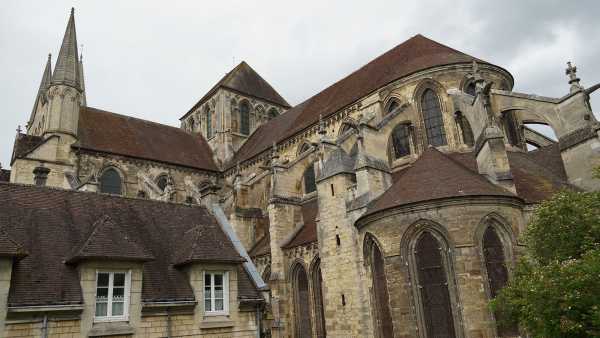 Central nave of the cathedral from west to east (Photo: Mathias Häcki)
Central nave of the cathedral from west to east (Photo: Mathias Häcki)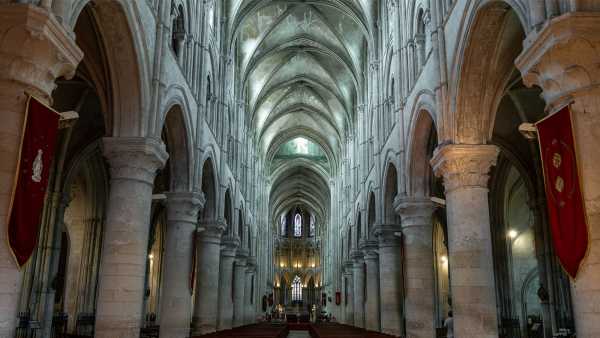 Roof structure over the central nave of the cathedral (Photo: Mathias Häcki)
Roof structure over the central nave of the cathedral (Photo: Mathias Häcki)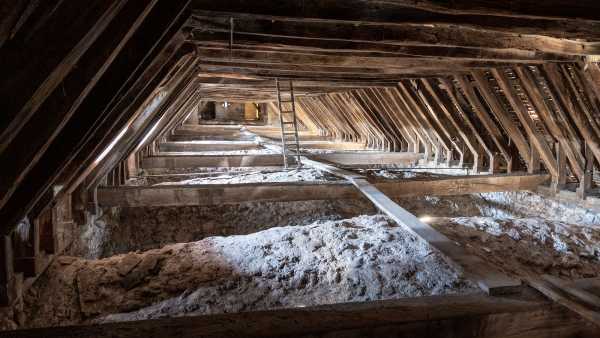 3D laser scanner in use in the cathedral (Photos: Mathias Häcki)
3D laser scanner in use in the cathedral (Photos: Mathias Häcki)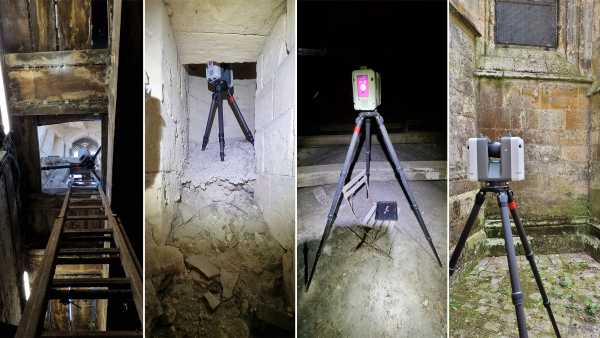 Survey drone in flight in the cathedral (Photo: ILARA Productions)
Survey drone in flight in the cathedral (Photo: ILARA Productions) Pointcloud perspective of the nave from south-west (Author: Mathias Häcki)
Pointcloud perspective of the nave from south-west (Author: Mathias Häcki)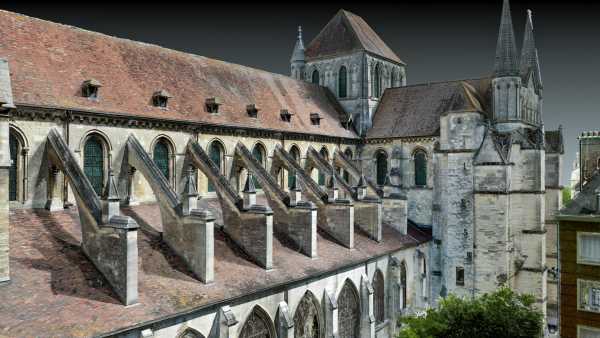 Point cloud perspective of the nave from north-east (Author: Mathias Häcki)
Point cloud perspective of the nave from north-east (Author: Mathias Häcki)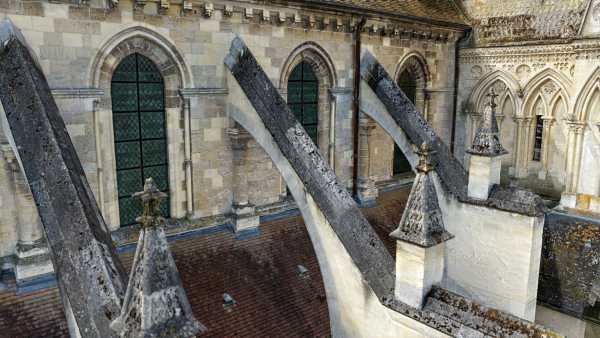 Point cloud perspective from east to west (Author: Mathias Häcki)
Point cloud perspective from east to west (Author: Mathias Häcki)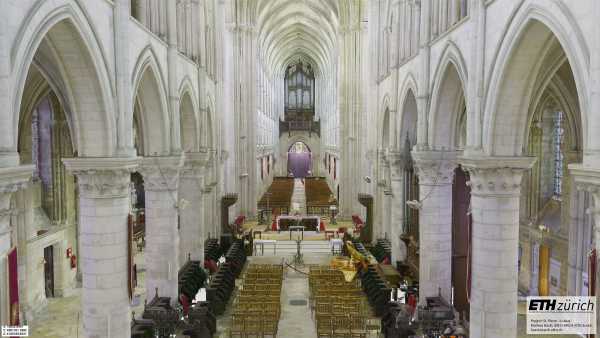 Point cloud perspective in central nave from east to west (Author: Mathias Häcki)
Point cloud perspective in central nave from east to west (Author: Mathias Häcki) Groundfloorplan of the cathedral, automaticallly generated from the pointcloud (Author: Mathias Häcki)
Groundfloorplan of the cathedral, automaticallly generated from the pointcloud (Author: Mathias Häcki)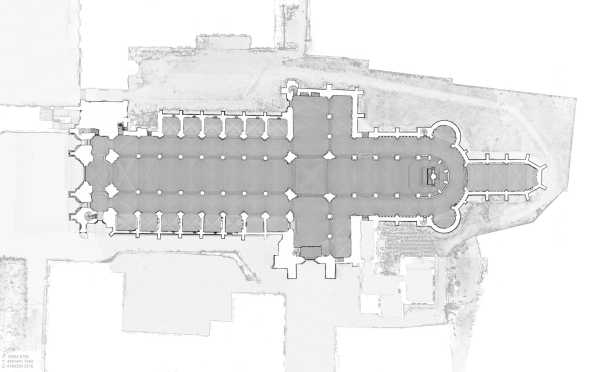
Contact
Bauforschung u.Konstruktionsgesch.
Wolfgang-Pauli-Str. 27
8093
Zürich
Switzerland
